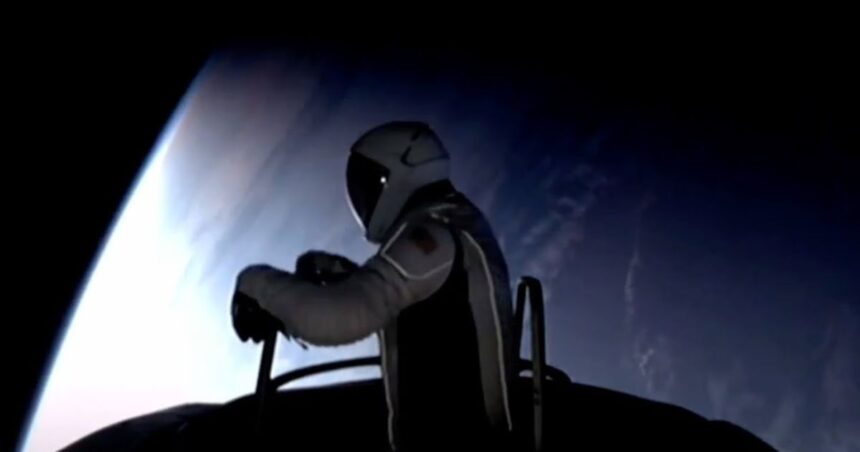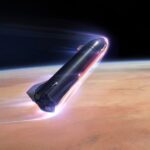SpaceX Polaris has made history once again. On September 12, 2024, the Polaris Dawn mission achieved a groundbreaking milestone. For the first time ever, civilians performed a spacewalk. This spacewalk marks the important leap in space exploration.
The mission was led by Jared Isaacman, a billionaire and experienced pilot. He was joined by three other crew members: Scott “Kidd” Poteet, Sarah Gillis, and Anna Menon. The crew launched into orbit on September 10, 2024, aboard the SpaceX Crew Dragon spacecraft, named Resilience. The launch took place at NASA’s Kennedy Space Center in Florida.
The Journey to Space
The journey began with a successful launch atop a Falcon 9 rocket. The crew reached an altitude of 870 miles (1,400 kilometers), the highest for any crewed mission since the Apollo program. This altitude broke the previous record held by the Gemini 11 mission.
After reaching this record altitude, the spacecraft lowered to 458 miles (737 kilometers). At this point, the crew prepared for the historic spacewalk. The spacecraft was depressurized, and the hatch was opened.
The Historic Spacewalk
Jared Isaacman was the first to exit the spacecraft. He stepped out at 6:48 a.m. EDT (1048 GMT). Sarah Gillis followed him at 7:04 a.m. EDT (1104 GMT). Both astronauts wore new SpaceX-designed pressure suits. These suits are designed for future missions to the Moon and Mars.
Polaris Dawn and Dragon at 1,400 km above Earth – the farthest humans have traveled since the Apollo program over 50 years ago pic.twitter.com/rRDeD1dY1e
— SpaceX (@SpaceX) September 11, 2024The spacewalk lasted about two hours. During this time, Isaacman and Gillis performed various tasks. They tested the mobility of their suits and captured stunning views of Earth. The spacewalk was broadcast live, allowing people around the world to witness this historic event.
The Significance of the Mission
The SpaceX Polaris Dawn mission is a major step forward for commercial space travel. It demonstrates that civilians can safely perform spacewalks. This mission opens up new chances for future missions. It also brings us closer to the goal of making space travel accessible to everyone.
Jared Isaacman, the mission commander, expressed his excitement. “From here, it looks like a perfect world,” he said as he looked down on Earth. His words captured the awe and wonder of seeing our planet from space.
The Crew’s Experience
The crew members of SpaceX Polaris Dawn are not just astronauts; they are pioneers. Scott Poteet, a retired U.S. Air Force test pilot, served as the mission’s pilot. Sarah Gillis and Anna Menon, both SpaceX engineers, were the mission specialists. Their expertise and training were crucial to the mission’s success.
The crew underwent rigorous training to prepare for the mission. They practiced spacewalks in a simulated environment. They also trained for emergency situations and learned how to operate the spacecraft.
The Future of SpaceX Polaris
The success of the Polaris Dawn mission paves the way for future missions. SpaceX plans to continue pushing the boundaries of space exploration. The company aims to make space travel more affordable and accessible.
Future missions will build on the achievements of SpaceX Polaris Dawn. They will involve more complex tasks and longer durations in space. The ultimate goal is to enable human exploration of the Moon, Mars, and beyond.
The success of Polaris Dawn brings us one step closer to a new era of space exploration. It inspires us to dream big and reach for the stars.




